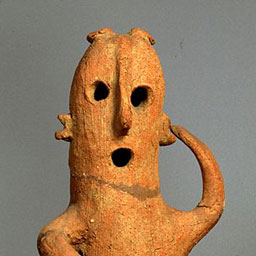xkcd: Coordinate Precision but pi (π)?
I tried looking for some answer but found mostly
- People reciting pi
- People teaching how to memorize pi
- How to calculate pi using different formula
- How many digits NASA uses
Update question to be more specific
In case someone see this later, what is the most advanced object you can build or perform its task, with different length of pi?
0, 3 => you can’t make a full circle
1, 3.1 => very wobbly circle
2, 3.14 => perfect hole on a beach
3, 3.142 => ??
4, 3.1416 => ??
5, 3.14159 => ??
Old question below
In practice, the majority of people will never require any extra digit past 3.14. Some engineering may go to 3.1416. And unless you are doing space stuff 3.14159 is probably more than sufficient.
But at which point do a situation require extra digit?
From 3 to 3.1 to 3.14 and so on.My non-existing rubber duck told me I can just plug these into a graphing calculator. facepalm
y=(2πx−(2·3.14x))
y=abs(2πx−(2·3.142x))
y=abs(2πx−(2·3.1416x))
y=(2πx−(2·3.14159x))
Got adequate answer from @dual_sport_dork and @howrar
Any extra example of big object and its minimum pi approximation still welcome.


You can calculate this yourself. For example, if you’re working on an object that’s 1m in diameter and you use 3.14 to compute the circumference, then you can expect errors of up to 1m * (3.142 - 3.14) = 0.002m = 2mm.
This is almost the real answer, only in reverse. Find what the appropriate error bounds of your problem is and use continuity (it probably is continuous) to find what decimal expansion you need. Or you could probably just find a solution expressible in pi and pick the decimal approximation needed. Either way, who cares about pi?
Thank you. After thinking about it overnight, I realized I asked a wrong question. Your answer still helps greatly and get me more than half way to satiate my curiosity.
Tolerance grade and example objects that require different grade/minimum pi accuracy is what I was looking for.